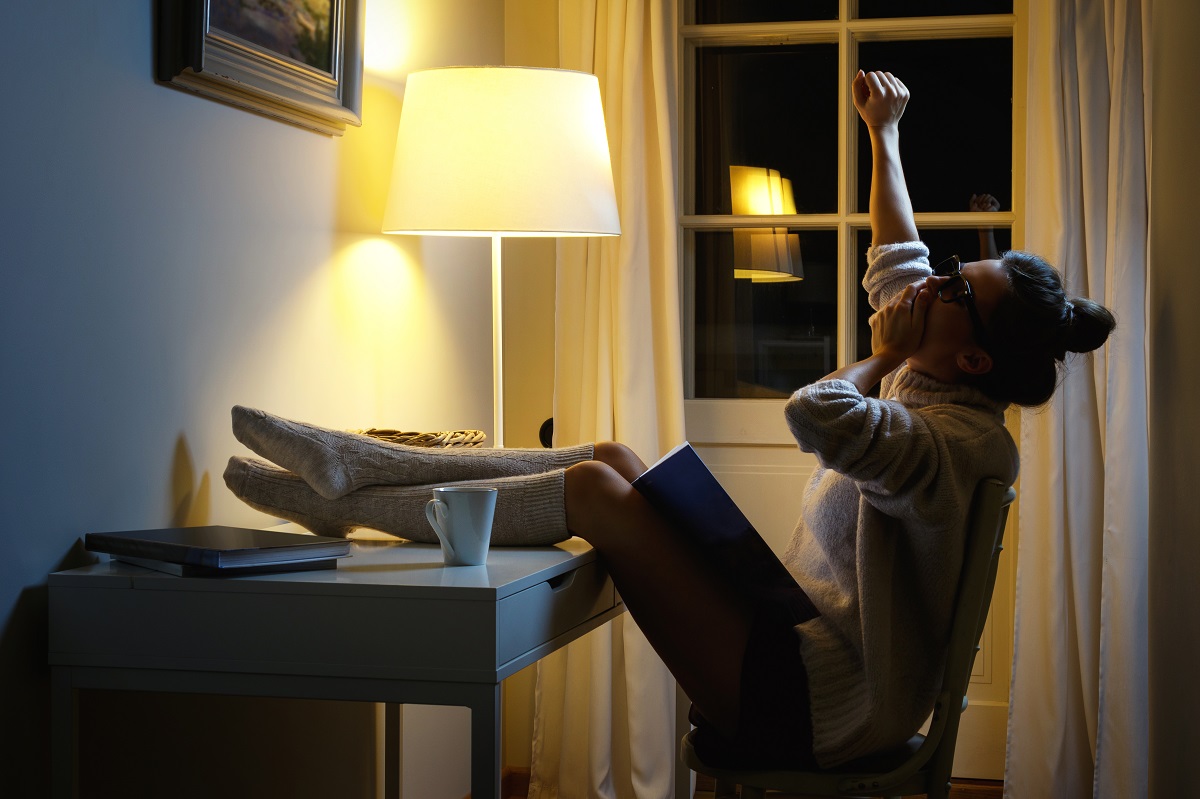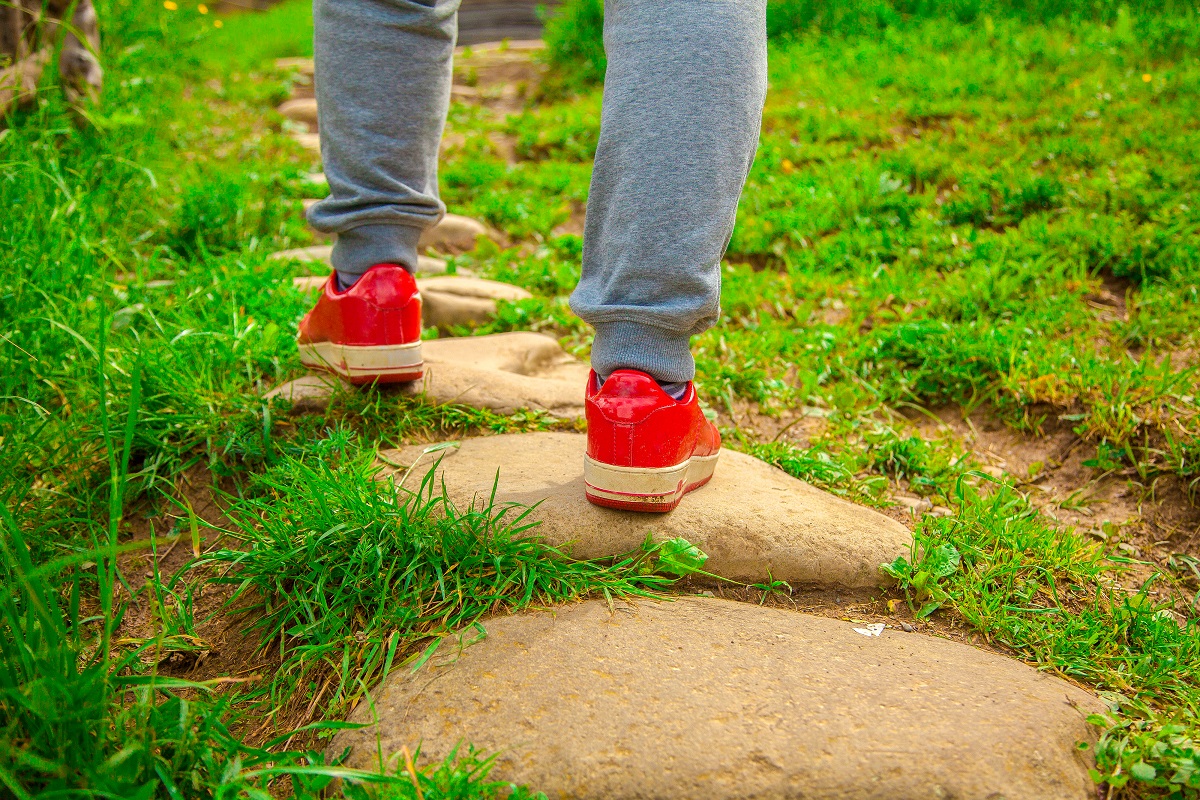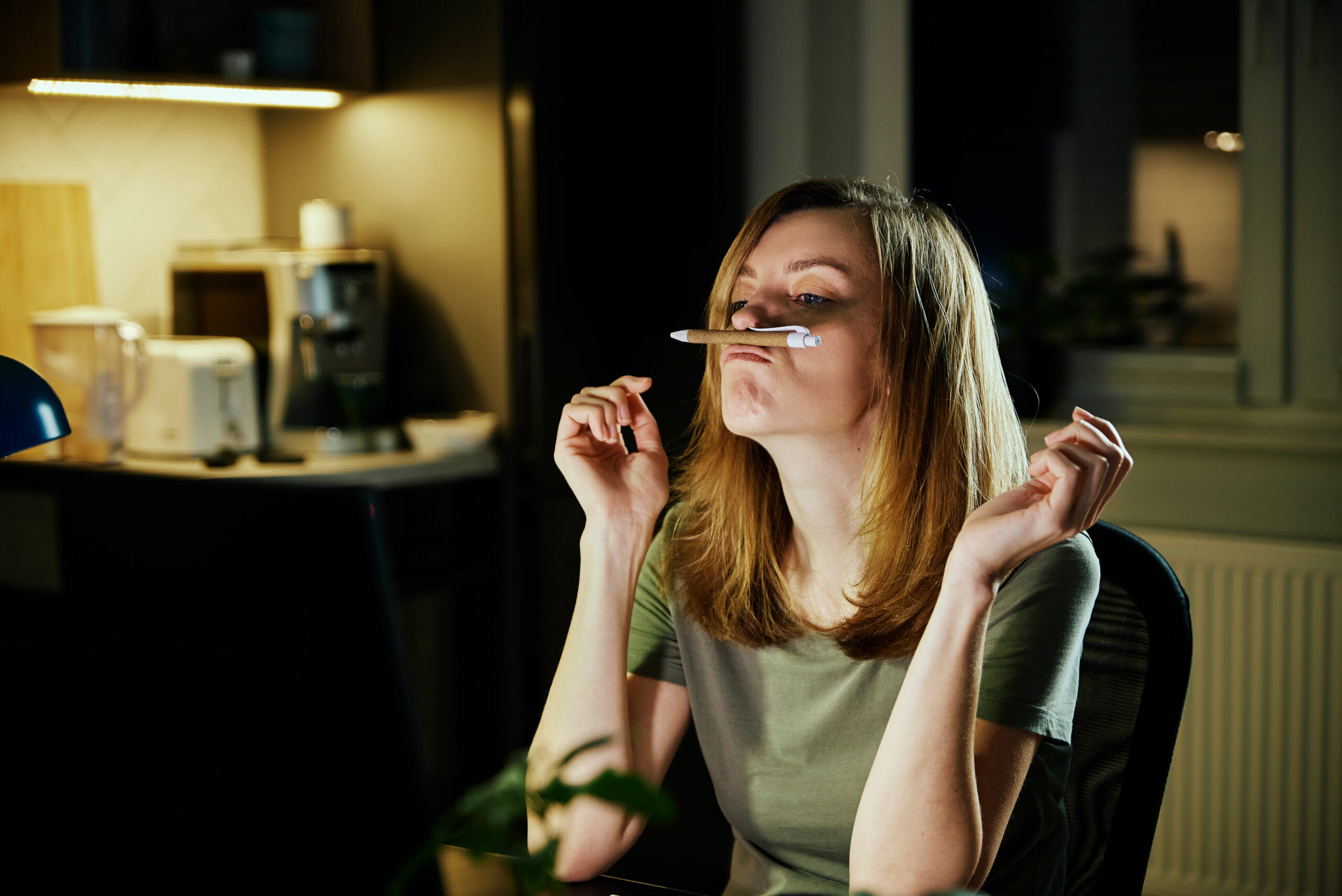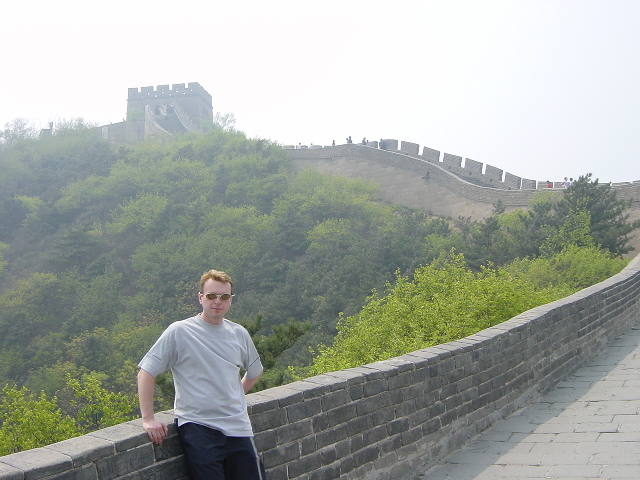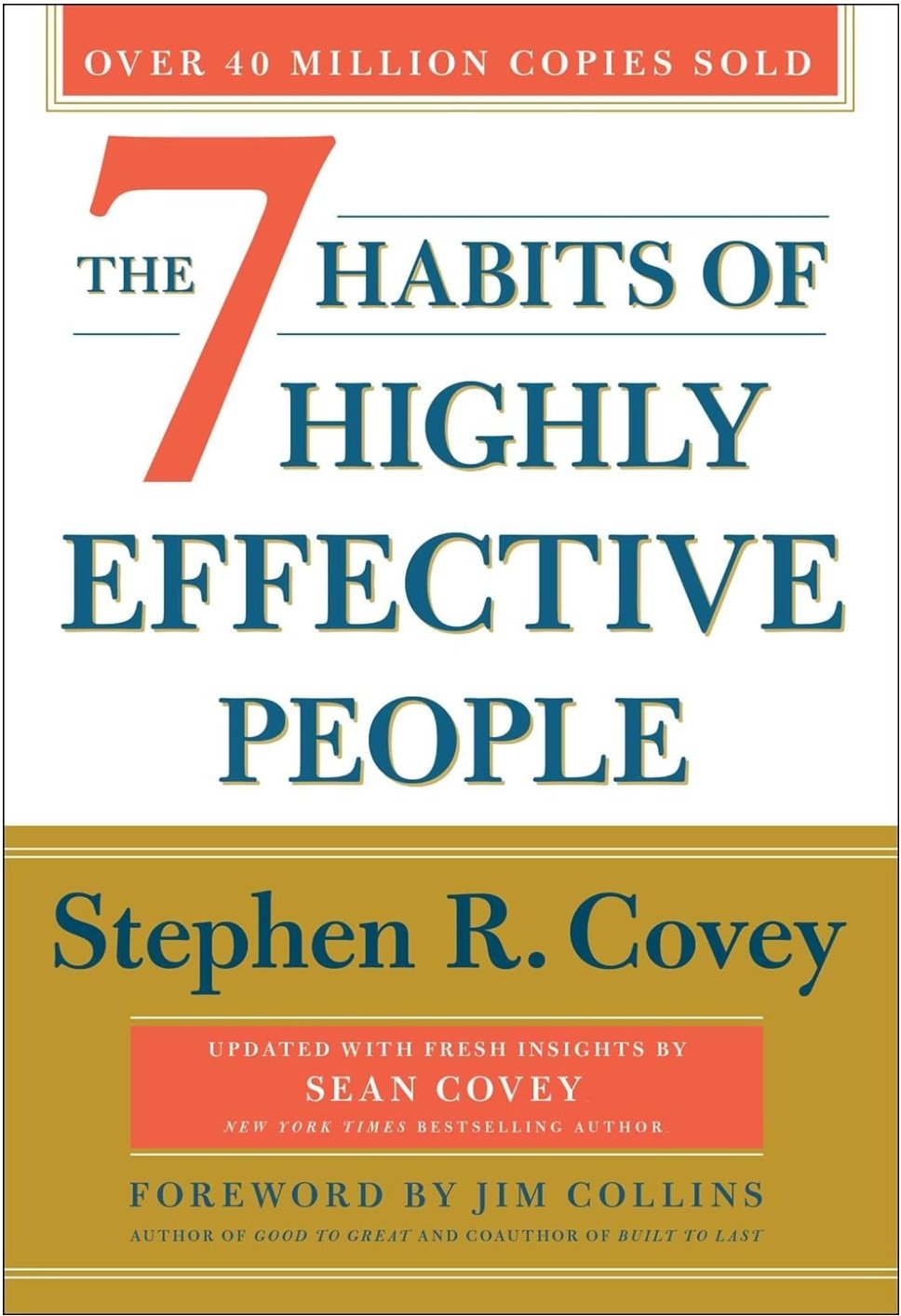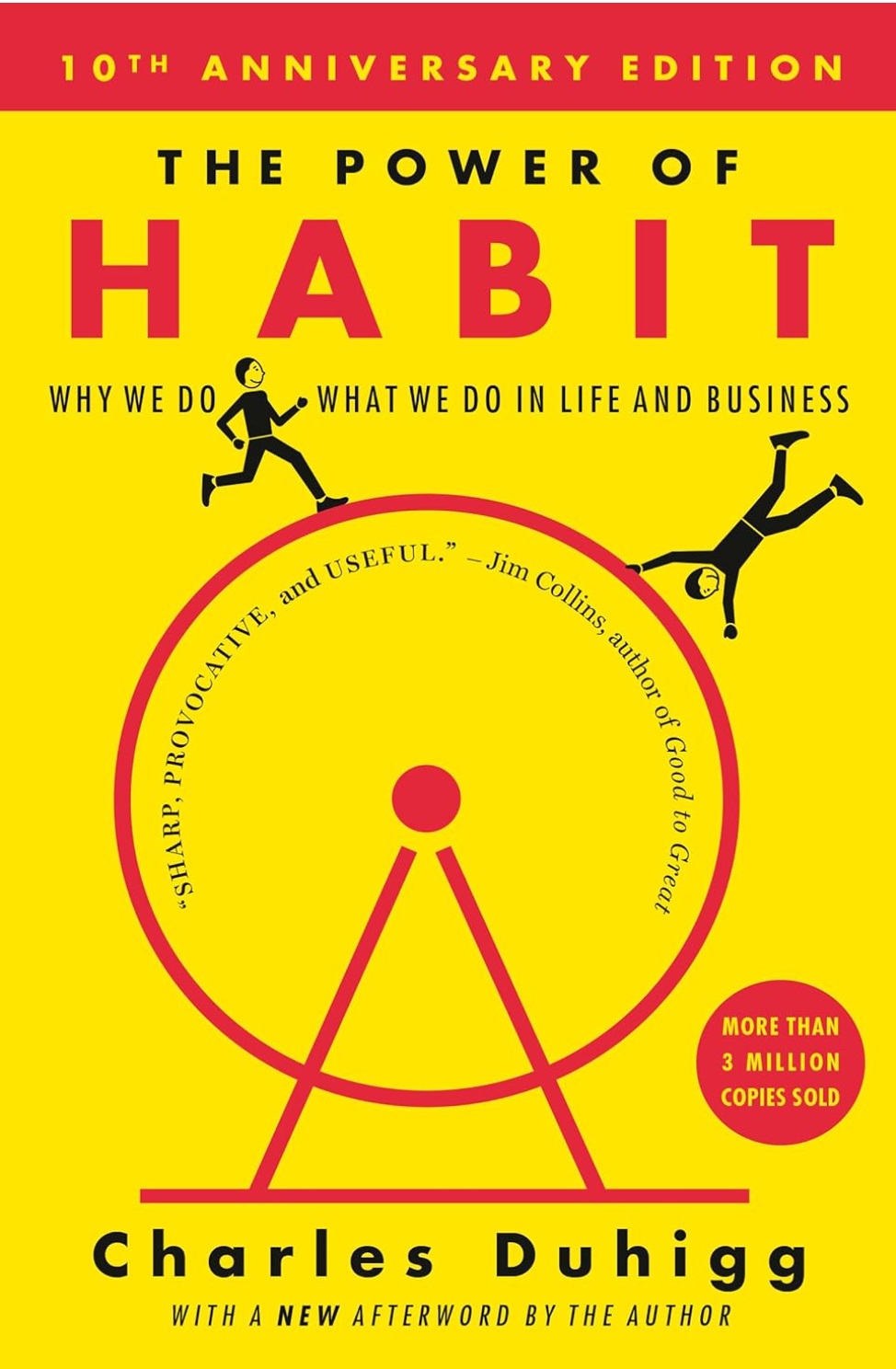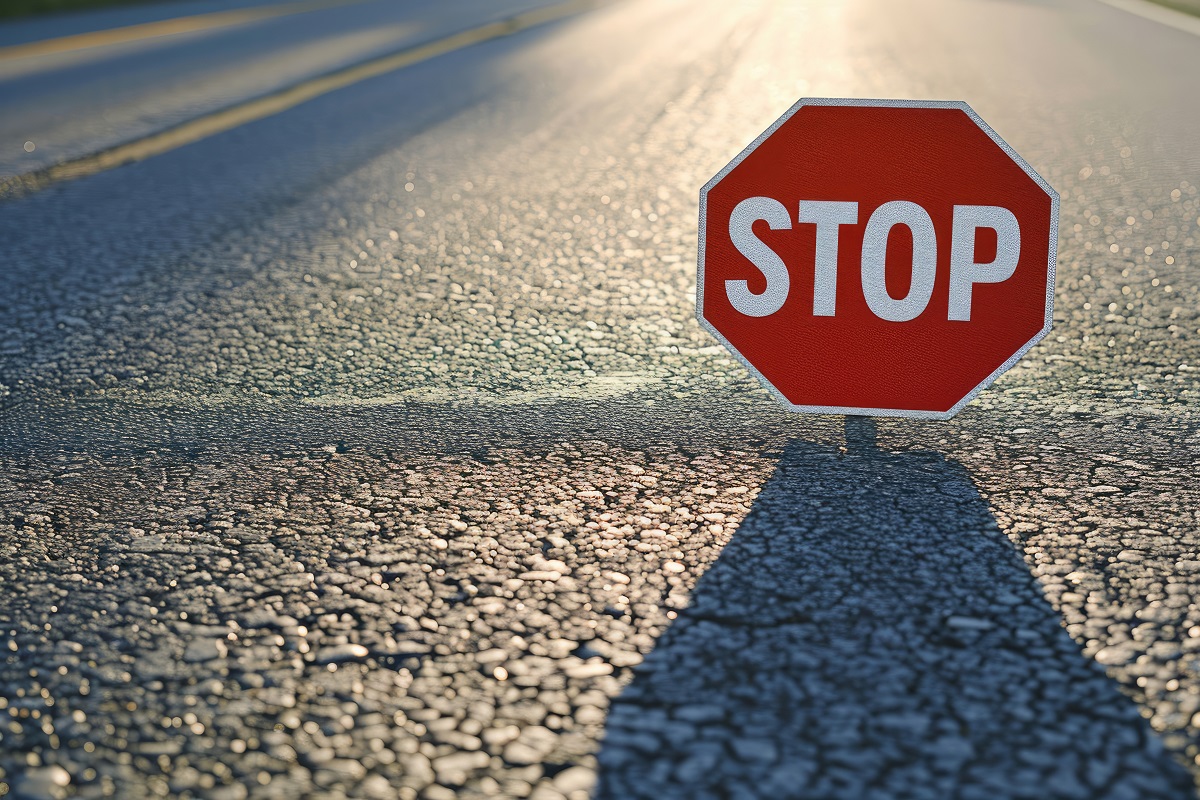- KEY POINTS
- Build small daily creativity habits like brainstorming and experimenting to overcome blocks and unlock new ideas consistently.
- Create a distraction-free environment and establish rituals that trigger creative flow, boosting productivity and inspiration.
- Track progress and revisit old ideas to find hidden potential, fuel long-term growth, and sustain creative momentum.
I used to believe creativity was something that hit randomly—like a lightning bolt. I thought great ideas only came when inspiration decided to show up. But over time, I realized that wasn’t true at all. Creativity isn’t something you wait for. It’s something you build, little by little, day by day.
The best part? You don’t have to overhaul your life to be more creative. I’ve found that small, intentional habits can spark ideas faster than waiting for inspiration. It’s those daily habits that help me push through creative blocks, stay motivated, and turn fleeting ideas into finished projects.
In this guide, I want to share what’s worked for me. I’ll walk you through the habits I use regularly, the ones I recommend in posts like 10 Simple Habits to Boost Daily Creativity, and how you can start creating your own system of creativity habits today.
Let’s start with one of the biggest obstacles—creative blocks—and how small changes can help break through them.
Table of Contents
ToggleOvercoming Creative Blocks with Small Habits
Recognize the Block (and Don’t Fight It)
We’ve all been there—sitting in front of a blank screen or canvas with no ideas in sight. For a long time, I thought the only solution was to try harder. But forcing creativity rarely works. The harder I pushed, the more frustrated I became.
Eventually, I realized the problem wasn’t the block itself. The real issue was my approach to it. Now, instead of fighting creative blocks, I work around them. I use small habits to keep moving forward, even when ideas feel stuck. I talk about this in detail in Overcome Creative Blocks with These Proven Habits.
Reflective question: What if you stopped seeing blocks as failure and started treating them as signals to try something different?
Start with a Brainstorming Session
One of the best habits I’ve developed is daily brainstorming. I spend 10-15 minutes writing down every idea that comes to mind—no matter how random. Some days, I get gold. Other days, it’s just messy thoughts on paper. But that’s the point. It’s about flexing the creative muscle, not perfection.
This habit has been a game-changer. I wrote more about it in How to Build a Daily Brainstorming Habit. If you’re feeling stuck, I highly recommend trying this. Just grab a notebook and write—ideas, words, doodles. It all counts.
Reflective question: Could you add 10 minutes of brainstorming to your daily routine? How would that shift your creative energy?
Break the Pattern with Quick, Creative Bursts
Another trick I swear by is quick bursts of creative activity. When I feel stuck, I take 5 minutes to sketch, write, or even dance around the room. It shakes up the routine and helps ideas flow again.
I touch on this in 5 Creative Habits to Inspire New Ideas Fast. Sometimes, a tiny change in movement or environment is all you need to get the creative juices flowing.
Reflective question: What’s a quick creative activity you can turn to when you hit a mental block?
Experimenting with New Creative Habits
Let Curiosity Lead the Way
I used to feel pressure to stick with the same creative process every day. But I’ve learned that trying new things—just for the fun of it—often leads to unexpected breakthroughs. Curiosity is powerful.
Now, I regularly experiment with different creative outlets. I might write in the morning, paint in the afternoon, and try photography at night. Some of these experiments stick. Others don’t. But each one brings something new to the table.
I explored this idea more in Experiment Your Way to Better Creativity Habits. If you’re feeling uninspired, experimenting with new habits could be just what you need.
Reflective question: When was the last time you tried a new creative habit for fun, without worrying about the outcome?
Start Small and Build Slowly
I know how overwhelming it can feel to add new habits into an already busy life. That’s why I believe in starting small. Tiny creative habits—like writing one sentence or sketching for two minutes—can grow into something much bigger over time.
I wrote about this in Small Creative Habits for Big Breakthroughs. These small shifts compound. Eventually, they lead to noticeable growth.
Reflective question: What’s the smallest creative habit you can commit to today? Could you add it to your routine without stress?
Building a Creative Environment That Inspires
Designing Your Space for Creativity
I used to underestimate how much my environment affected my creativity. I’d try to work in cluttered, distracting spaces and wonder why I couldn’t focus. Over time, I realized that my physical space mirrored my mental state. A messy desk often led to scattered ideas.
Now, I make small adjustments to create an environment that feels inspiring and calm. I keep my desk clean, add a plant, and make sure there’s good light. Sometimes, even shifting to a different room can spark new ideas.
I explored this more in Morning Routines to Spark Creative Thinking. How you start your day—and the space you work in—sets the tone for creativity.
Reflective question: What could you change in your space right now to make it feel more creative and inviting?
Establishing Rituals to Trigger Creative Flow
One of the most helpful habits I’ve developed is creating rituals around my creative time. I light a candle or play instrumental music when I sit down to write. Over time, these small cues have trained my brain to know it’s “creative time” whenever I perform them.
This simple trick has been a lifesaver on days when I didn’t feel motivated. I talk more about this in 10 Simple Habits to Boost Daily Creativity. Rituals make the transition into creative work feel natural, almost automatic.
Reflective question: Could you create a small ritual to signal to your brain that it’s time to get creative?
Blocking Out Distractions
I’ve noticed that distraction is one of the biggest creativity killers. Whether it’s social media, email, or even just noise, distractions pull me out of the flow. One habit I adopted is setting boundaries around creative time—turning off notifications, putting my phone in another room, and using timers to stay focused.
I highlight the power of distraction-free work in 5 Creative Habits to Inspire New Ideas Fast. Even short bursts of undistracted time can lead to powerful breakthroughs.
Reflective question: What’s one distraction you could eliminate for 30 minutes today to give your creativity more breathing room?
Building Resilience for Long-Term Creative Growth
Embracing Failure as Part of the Process
For a long time, I avoided failure at all costs. I’d abandon projects at the first sign of trouble or shelve ideas that felt incomplete. But the more I created, the more I realized that failure is not the enemy. It’s part of the process.
Now, I allow myself to make mistakes. Some of my best projects started as “failures” that I later revisited. I wrote more about this in Overcome Creative Blocks with These Proven Habits. When you stop fearing failure, creativity flows more freely.
Reflective question: How would your creative process change if you embraced failure as a stepping stone instead of a setback?
Nurturing Creativity Through Reflection and Growth
Revisiting Old Ideas for Fresh Inspiration
One habit that has surprised me the most is the value of revisiting old ideas. I used to discard half-finished projects, assuming they were dead ends. But I’ve since learned that unfinished ideas often hold potential—I just wasn’t ready to see it at the time.
Every few months, I review my notebooks and digital folders. More often than not, I find concepts that spark new ideas. Sometimes, an old piece becomes the foundation for something bigger. I wrote about this process in 17 Tips for Inspiring Ideas to Unlock Your Creativity. Ideas aren’t wasted, even if they sit on the shelf for a while.
Reflective question: Do you have old projects or notes you could revisit? What new ideas might emerge from them?
The Power of Tracking Progress
One habit that has consistently kept me on track is keeping a creativity journal. I jot down small wins, new ideas, and reflections on what worked (or didn’t) each day. It doesn’t take long—just five minutes at the end of a session—but it adds up.
Tracking progress this way helps me see patterns. I can look back and identify which habits sparked the most ideas and where I struggled. I explore this further in Small Creative Habits for Big Breakthroughs. Seeing growth, even if it’s gradual, keeps me motivated to continue creating.
Reflective question: Could you start tracking small creative wins each day? How might that shift your sense of progress over time?
Conclusion
I’ve learned that creativity isn’t something you stumble upon—it’s something you cultivate, day by day, through habits. It’s the small rituals, the brainstorming sessions, and the willingness to fail that fuel long-term creative growth.
By breaking down bad habits and building new ones, you create the conditions for creativity to thrive. Whether it’s experimenting with new ideas, adjusting your environment, or simply showing up consistently, these habits stack over time.
If you’re ready to take the next step, I recommend starting with How to Build a Daily Brainstorming Habit or exploring Experiment Your Way to Better Creativity Habits. Each small change brings you closer to becoming the creative person you want to be.
So, what’s one creative habit you can start building today?
References
Blog Post References
- 10 Simple Habits to Boost Daily Creativity
- Overcome Creative Blocks with These Proven Habits
- How to Build a Daily Brainstorming Habit
- 5 Creative Habits to Inspire New Ideas Fast
- Experiment Your Way to Better Creativity Habits
- Small Creative Habits for Big Breakthroughs
- Morning Routines to Spark Creative Thinking
- 17 Tips for Inspiring Ideas to Unlock Your Creativity
- 19 Strategies to Overcome Creative Blocks and Stay Inspired


